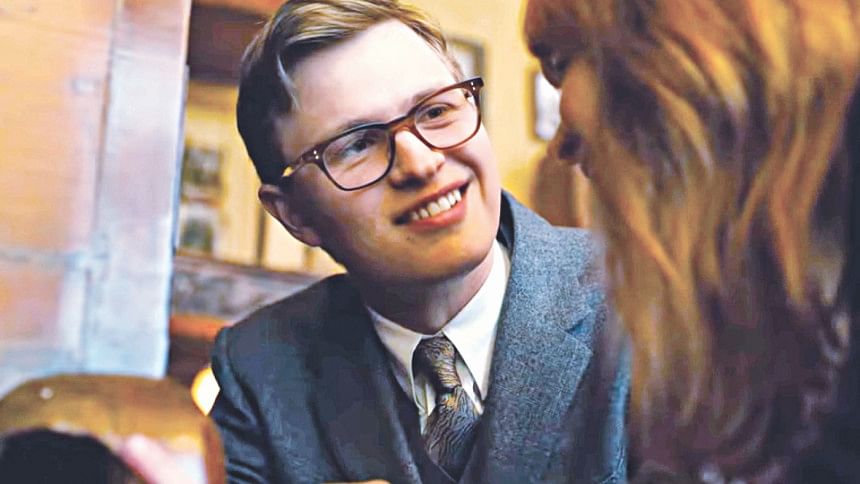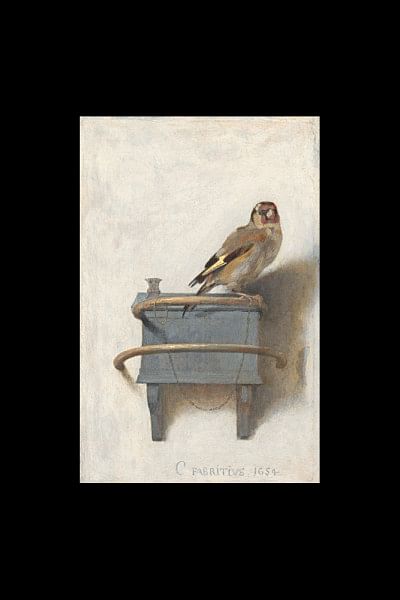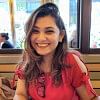Why Donna Tartt’s The Goldfinch is a movie in prose

The Goldfinch—the written version, Donna Tartt's third literary triumph—opens upon a Christmas day in a hotel in Amsterdam. The "I" that speaks offers a brief recap of his murky dreams and departure from New York; what but he really (quickly) wants to get to is setting up the scene for us. Using up most of the first chapter, he pens staccato phrases and neatly drawn semicolons to describe the space: "Outside, all was activity and cheer." There are "Christmas lights twinkling" and carols hanging tinny in the air. Inside, there are "chaotic room service trays" (with all that that entails) and overall, a "keen sense of Northern Europe, a model of the Netherlands in miniature... co-mingled with deep-dyed luxury brought in merchant ships from the East." The narrator knows that you know what these images look like, what tinge and tone they can leak into a surrounding and so as an audience, you can see, hear, and all but feel the scene Tartt paints through her protagonist Theo.
WarnerBros. just released the trailer for The Goldfinch movie set to release come September, directed by John Crowley of Brooklyn fame and starring Ansel Elgort, Nicole Kidman, Finn Wolfhard, and Jeffrey Wright. It seems like a hefty project to take on, at first thought, as the 2014 Pulitzer Prize winner covers a staggering 962 pages and ten tumultuous years of Theo's life. At 13, Theo loses his mother in a terrorist bomb blast at the Metropolitan Museum of Art. He steals a priceless Dutch painting—Carel Fabritius' The Goldfinch (1654), which has its own fascinating history—when escaping the wreckage, and becomes embroiled in a life filled with drug abuse, art crimes, and some strange, charming, meticulously fleshed out characters. But a dive back into the novel is reminder enough of how visual the prose is, as if written specifically with a movie audience in mind.
Here's how:
1. A movie tries to create an immersive atmosphere from the very first scene. The effect is instantaneous, unlike in a novel where the reader gets initiated over the course of the narrative. But as Tartt shared in an interview with Powell's Books and the Chicago Tribune in 2013, she starts writing all her books with a cinematic "sense of mood". The Goldfinch was conceived with a "dark Amsterdam and New York mood". The first few paragraphs paint exactly such a scene, like a movie, building atmosphere instantly, drawing the audience into Theo's fictional world.

2. She doesn't just build atmosphere, though. In an interview with Dazed in 2017, Tartt explained how she feels compelled to imagine "every concrete detail" of a scene she's writing—"the colour a room is painted, the way a drop of water rolls off a wet leaf after a rain." The plot twists in The Goldfinch are bizarre, and yet you believe in them because every scene, true to Tartt's confession, is created with meticulous precision. Take the description of Hobie's furniture shop, for instance: "A wilderness of gilt gleaming in the slant from the dust-filled windows. The reek of turpentine, oil paint, varnish. Dead flowers rotting in massive Chinese vases. Narrow stairs... dim room... black urns... tasselled draperies drawn against the sun…", and Hobie himself a "graceful floater... something effortless and floating in the way he carried himself.
3. The title and the very premise of The Goldfinch are image-centric, underpinned by Theo's obsession with the painting of the bird. The painting is significant not only because it's beautiful, but because it has become a physical representation of all that Theo pines for—his mother, Pippa, some semblance of stability, even the memory of Welty whom he met during the bomb blast.
But as emotionally charged as the painting is for him, its presence in the text isn't all emotion. We're told exactly how to visualise it, just as a movie would present it—clear image filtered through awe and nostalgia: "Raised yellow streak of paint on the wing and feathers scratched in with the butt of the brush."
4. Finally, Theo's life is haunted by flashbacks and memories of his parents, even his abusive and derelict father. Instead of just reliving experiences with them, however, these thoughts are mostly about how his parents looked in particular situations. His mother's black hair, blue eyes and fair skin that used to freckle in the summer, the "thrilling quickness" of her movements, the white trench coat and "filmy pink scarf" she wore the last time Theo was with her. Over the course of the novel, he imagines how she had looked when she was younger, how she would look if she'd grown old. Despite his hatred of his father, Theo also constantly notices how he has grown up to resemble him.
He also processes people's appearances using stock images picked up from movies and historical references: his father he imagines as a character from the cop and gangster movies he used to act in. His mother is constantly described through her model/movie star-like beauty. Even Mr. Barbour, when he first opens the door to Theo, resembles "some minor member of the Continental Congress teleported to the twenty-first century."
When it was first published, The Goldfinch earned both glowing praise and some ardent censure for its size, its wordiness. Full of cliches, full of redundant description, complained critics in The Paris Review, The New Yorker, and The New York Review of Books. There's some truth to it—the book does drag on for quite a while, and some of the plot twists are entirely too coincidence-driven. But it is exactly this mishmash of familiar and strange images that give the book it's rabbit hole-like quality. You dive in, headfirst, into its world. The good news is that you get to visualise exactly what it looks like. The bad news, unfortunately, is that the slightest changes in the movie adaptation will stand out and irk.

 For all latest news, follow The Daily Star's Google News channel.
For all latest news, follow The Daily Star's Google News channel. 



Comments